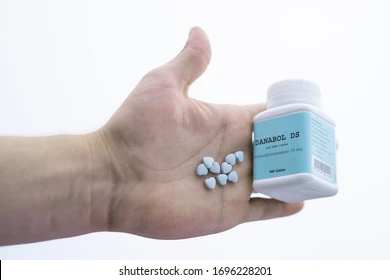
he results from increasing the oxygen in the blood are fantastic in the areas of increased body weight,
EPO was developed to increase athletic performance speed, endurance, strength, etc. It does this by elevating the red blood cell count in the body. The results from increasing the oxygen in the blood are fantastic in the areas of increased body weight, exercise capacity, respiration body metabolism and energy efficiency. EPO is easy to take (one injection a day for 14 days or so) and lasts a long time (three to six months). EPO may raise your blood pressure, so keeping an eye on it is recommended.
EPO (Erythropoietin): A Key Hormone
Erythropoietin (EPO) is a naturally occurring hormone primarily produced by the kidneys. It plays a crucial role in regulating red blood cell production (erythropoiesis) in the bone marrow. When oxygen levels in the blood are low, EPO levels increase, stimulating the production of red blood cells to enhance oxygen transport throughout the body.
In medicine, synthetic EPO is used to treat anemia, particularly in patients with chronic kidney disease, cancer-related conditions, or those undergoing chemotherapy. By increasing red blood cell counts, EPO helps improve energy levels and overall quality of life for these individuals.
In sports, EPO has gained attention as a performance-enhancing substance due to its ability to boost endurance. More red blood cells mean improved oxygen delivery to muscles, delaying fatigue and enhancing athletic performance. However, the misuse of EPO carries risks, including blood thickening, high blood pressure, and increased chances of stroke or heart attack.
EPO is strictly regulated in both medical and athletic contexts. While it remains a life-changing treatment for many, its illicit use in sports has raised ethical and health concerns. Proper administration and monitoring are essential to balance its benefits against potential risks.







